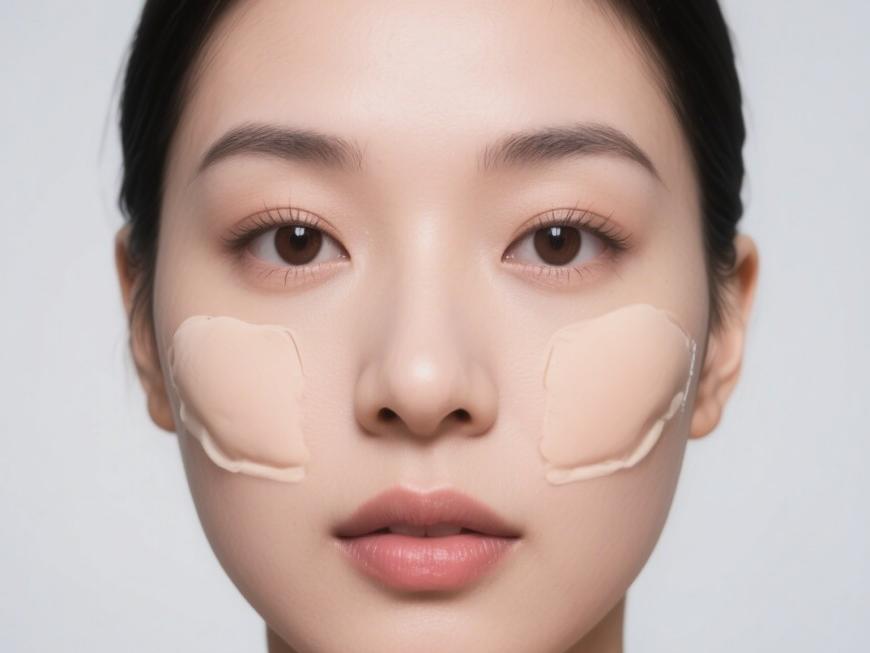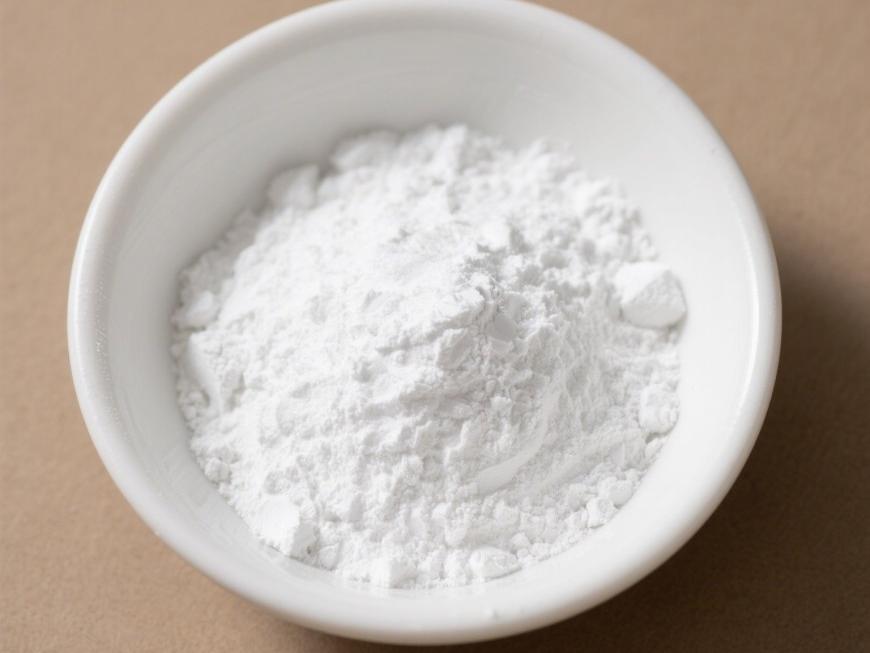Exploring Hyaluronic Acid Upgrades for Eye Health Product Solutions
Acide hyaluronique constitutes a vital component of the extracellular matrix and is widely distributed throughout tissues such as the skin, ocular vitreous humour, and synovial fluid.......
Hyaluronic acid possesses excellent water solubility, high moisturising capacity, and favourable biocompatibility. Its rheological properties are highly compatible with ocular surface tissues, enabling it to form a durable, breathable protective film on the eye surface. Consequently, it serves as a key functional ingredient in ophthalmic health products such as eye drops and eye gels, effectively enhancing lubrication and comfort.
Within the field of ocular health products, hyaluronic acid powder has become a core functional ingredient in mid-to-high-end eye drops, ophthalmic gels, and post-operative care formulations due to its excellent biocompatibility with ocular surface tissues. It significantly enhances a formulation's moisturising properties, lubrication, and user comfort.
Green Spring Technology specialises in supplying high-purity, multi-molecular-weight hyaluronic acid powder. Our products exhibit outstanding rheological properties and batch consistency, making them suitable for developing and upgrading diverse eye care formulations. We assist clients in resolving technical challenges such as viscosity control, compatibility, and sustained moisturisation within product formulations, providing reliable raw material solution support for creating safer, gentler, and more comfortable eye health products.
1 Applications of Hyaluronic Acid Powder
As a natural biomaterial, hyaluronic acid powder demonstrates broad application potential across multiple fields due to its outstanding biocompatibility, exceptional water-retaining capacity, and unique rheological properties. Its safe, gentle nature and ease of formulation make it particularly suitable for eye health-related products.
Within the eye health sector, hyaluronic acid powder serves as an ideal moisturising and soothing ingredient in products such as eye drops, eye sprays, and eye patches. It helps alleviate dryness, provides gentle hydration, and enhances the comfort and sensory experience of formulations.
Green Spring Technology specialises in supplying high-purity, premium-quality hyaluronic acid powder, strictly adhering to international quality standards. We are committed to providing safe, reliable raw material support and solutions for clients developing next-generation eye health and personal care products.
1.1 Applications and Market Prospects of Hyaluronic Acid in Ophthalmology
Leveraging its exceptional viscoelasticity and molecular barrier properties, hyaluronic acid has become a vital viscoelastic protective agent and filler material in numerous ophthalmic procedures. It is also extensively incorporated into eye care solution formulations, significantly enhancing product adhesion and user comfort.
Currently, numerous ophthalmic products containing hyaluronic acid have secured regulatory approval in China, predominantly utilised as viscoelastic agents. This reflects the material's mainstream application direction in the current market, with substantial future development potential remaining.

1.2 Sodium Hyaluronate: An Exceptional Functional Ingredient for Premium Eye Lubricants
As a superior moisturising agent, sodium hyaluronate is extensively incorporated into diverse eye lubricants due to its unique viscoelasticity and exceptional water-retaining capacity. Its molecules contain numerous hydrophilic groups that effectively adsorb and lock in moisture, forming a gentle, breathable protective film on the ocular surface. This significantly enhances the lubricating sensation and comfort of the product.
Within formulations, sodium hyaluronate enhances rheological properties, prolonging residence time on the ocular surface to deliver sustained moisturising effects and improve user experience. Presently, this ingredient has become a favoured key functional component in mid-to-high-end eye care products.
1.3 Sodium Hyaluronate: A Critical Raw Material for Optimising Ophthalmic Formulations
As a high-performance pharmaceutical excipient, sodium hyaluronate plays a vital role in ophthalmic formulations. Its solution exhibits rheological properties similar to natural tears and offers excellent biocompatibility, making it an ideal drug carrier widely used in eye drops, ophthalmic gels, and other formulations.
In formulation applications, sodium hyaluronate effectively regulates product viscosity, improves retention time, and enhances application comfort. Compared to conventional thickeners, its unique rheological properties deliver a gentler, longer-lasting ocular sensation. Furthermore, sodium hyaluronate exhibits excellent compatibility with multiple active ingredients, optimising product performance through local administration and providing crucial technical support for ophthalmic formulation development.
1.4 Application Prospects of Hyaluronic Acid-Based Nanocarriers in Ocular Biomaterials
Nanoparticles composed of hyaluronic acid and biomaterials such as chitosan can serve as functional carriers in corneal and conjunctival bio-delivery applications. Research indicates that hyaluronic acid-chitosan nanoparticles promote alkaline phosphatase secretion, while hyaluronic acid-collagen composite nanoparticles exhibit excellent epithelial cell permeability and biocompatibility, demonstrating superior carrier performance across multiple experimental models.
This class of nanoparticle carrier systems offers novel approaches for innovation in ocular biomaterial technology. Differing from traditional modified hyaluronic acid delivery pathways, they demonstrate considerable application potential and developmental prospects.

2. Outlook
As a primary component of the extracellular matrix, hyaluronic acid is widely utilised across multiple fields—including ocular health, surgical care, skincare, and biomaterials—due to its outstanding biocompatibility, high hydrophilicity, excellent lubricating properties, and low antigenicity. It also demonstrates broad application potential in cutting-edge research such as tissue engineering.
Within eye health products, hyaluronic acid's unique rheological properties and moisturising lubrication characteristics establish it as a key functional ingredient in premium eye drops, ophthalmic gels, and post-operative care formulations. It significantly enhances product comfort and ocular affinity.
Green Spring Technology's hyaluronic acid powder boasts high purity, stable rheological properties, and excellent biocompatibility. Available in various molecular weight specifications, they meet the development needs of diverse eye care products, enabling clients to create safer, more comfortable, and more effective product experiences.
Please contact us at helen@greenspringbio.com or WhatsApp: +86 13649243917 to obtain further technical documentation and bespoke solutions for hyaluronic acid raw materials!
Référence:
[1] [traduction] Stern R, Maibach H I. Hyaluronan dans la peau: aspects du vieillissement et sa modulation pharmacologique [J]. Clin Dermatol, 2008, 26 (2): 106- 122.
[2] [traduction] Meyer K, Palmer j. W. sur les glycoprotéines II. Les polysaccharides de l’humour vitré et du cordon ombilical [J]. J Biol Chem, 1934, 107: 629-633.
[3] [traduction] Sudha P N, Rose M H. effets bénéfiques de l’acide hyaluronique [J]. Adv Food Nutr Res, 2014, 72: 137-176.
[4] Liu Hui, Liu à Juan. L’acide hyaluronique, le produit sacré dans les cosmétiques [J]. Chemistry Teaching, 2012, (11): 72-75.
[5] Wang Juanqin. Modification et fonctionnalisation de l’acide hyaluronique [D]. Wuxi: université de Jiangnan, 2013.
[6] Xu Jing, Ai Ling, Bai Huiyu, et al. Progrès de la recherche sur la modification de l’acide hyaluronique [J]. Polymer Bulletin, 2011, 2: 78-84.
[7] Pang Suqiu, Zhou Jinsheng, Chen Qiuxia et al. Application clinique d’hyaluronate de sodium [J]. Strait Pharmacy 2003, 15(4): 252.
[8] Ling Peixue, Guan Huashi. Recherche et application de l’acide hyaluronique et de ses dérivés en anti-adhérence [J]. Chinese Journal of Pharmacy, 2005, 40(20): 1527-1530.
[9] [traduction] käderli S, Boulocher C, Pillet E, et al. L’invention concerne un nouvel hydrogel hybride biocompatible acide hyaluronique et chitosan pour le traitement de l’arthrose [J]. Int J Pharm, 2015, 483(1-2): 158-168.
[10] Gencer Z K, zkiri S M, Okur A, et al. Une étude comparative sur l’impact des injections intra-articulaires d’acide hyaluronique, de ténoxicame et de bétamétazon sur le soulagement des troubles temporomandibulaires [J]. J Craniomaxillofac Surg, 2014, 42(7): 1117-1121.
[11] Voigt J, Driver V R. Hyaluronic acid derivatives and their healing effect on burns, epithelial surgical wounds, and chronic wounds: a systematic review and meta analysis of randomised controlled trials[J]. Wound Repair Regen, 2012, 20(3): 317-331.
[12] Hanci D, Altun H. efficacité de l’acide hyaluronique dans le soulagement de la douleur et la guérison des plaies post-amygdalectomie — une étude clinique prospective, en double aveugle et contrôlée [J]. Int J Pediatric Otorhinolaryngol, 2015,79(9): 1388-1392.
-
Précédent précédent
From Skincare to Food: Diverse Applications of Hyaluronic Acid Powder Are Expanding
-
Suivant:
Cosmetic-Grade Hyaluronic Acid Empowers Skincare Product Innovation


 Anglais
Anglais français
français espagnol
espagnol russe
russe coréen
coréen japonais
japonais




